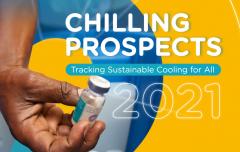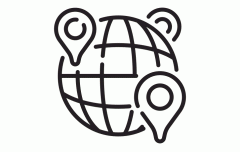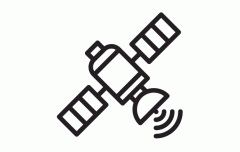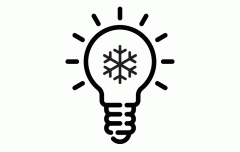Addressing vaccine cold chain access gaps at the last mile
Key messages
- While vaccine supply is likely to continue to be the primary constraint, it will be those living at the last mile in countries without sufficient vaccine cold chains that will be at risk of not being able to access a COVID-19 vaccine specifically due to cooling requirements.
- Compared to urban dwellers, rural populations face a number of challenges including less reliable electricity supply, greater risk of vaccine spoilage in transit over large distances, and health facilities with fewer capacities.
To understand the scope of this population, SEforALL surveyed three key studies:
- the Economist Intelligence Unit (EIU) work on countries unable to roll out vaccination plans until 2022 or 2023;
- the DHL temperature-controlled logistics study that identified countries with medium-to-low feasibility for vaccine rollout at conventional 2°C to 8°C storage temperatures; and
- the WHO list of countries that failed to reach the target rate of 90 percent immunization coverage or higher for the commonly used DPT3 vaccine.
From this survey, a list of 108 countries was identified as either not predicted to have widespread access to the vaccine until 2023 or later (EIU) or were assessed to have medium-to-low feasibility of in-country logistics for vaccine distribution under conventional temperature requirements of 2°C to 8°C (DHL). Within those countries it can be expected that those living rurally will face more serious risks from a lack of access to vaccine cold chains. It is estimated that 1.42 billion people living in the last mile in these countries are at high risk, if temporarily, from a lack of access to cooling that prevents them from accessing the COVID-19 vaccine.
Figure 3.3: Rural populations in countries expected to experience cold chain challenges





